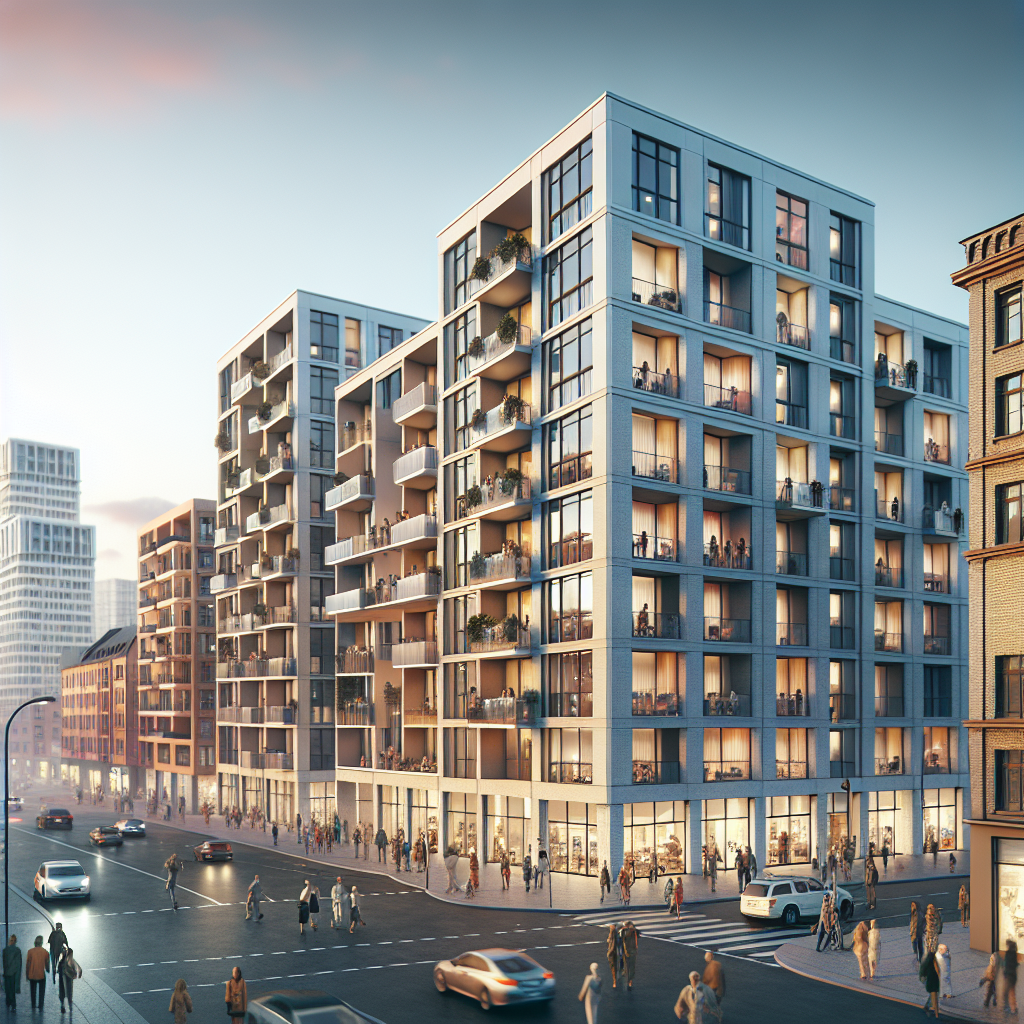The Government’s proposal to streamline the construction of granny flats up to 60 square metres without requiring a resource or building consent has sparked unprecedented public engagement, according to RMA Reform Minister Chris Bishop and Building and Construction Minister Chris Penk.
“This consultation has drawn the highest number of submissions for any building and construction policy in history—almost 2,000, more than double the previous record of 800,” said Mr Penk.
Widespread Interest Across Stakeholder Groups
The proposal, aimed at reducing regulatory barriers for small-scale housing, has resonated particularly with homeowners and professionals in the building and construction industry, who accounted for two-thirds of the responses.“It’s fantastic to see such enthusiasm for these changes,” Mr. Bishop added.
The public consultation, conducted from June to August, forms part of the National-NZ First Coalition Agreement and reflects the government’s broader agenda to unlock housing potential and reduce red tape.
Barriers and Opportunities Identified
Feedback highlighted frustrations with existing regulatory processes, which many respondents described as overly cumbersome and a hindrance to development.
“The government agrees with submitters that these processes need to change,” said Mr. Bishop.“Our granny flat proposal aligns with efforts to create a more risk-based consenting regime, focusing regulatory scrutiny on higher-risk projects while simplifying approvals for low-risk work,” Mr. Penk noted.
Proposals for Broader Policy Scope
Several submitters suggested expanding the policy to include:
Tiny homes and buildings on land without an existing house.
Allowing multiple or larger granny flats per property.
Supporting papakāinga housing for Māori communities, citing significant social and economic benefits.
“We’re thrilled to see a strong appetite for liberalising planning rules to promote growth,” said Mr. Penk. “Suggestions like these will be carefully considered in the next phase of policy development.”
Economic and Consumer Benefits
The consultation revealed optimism about financial savings under the new rules. Key findings included:
55% of submitters anticipated financial benefits.
19% projected savings exceeding $15,000.
15% estimated savings between $3,000 and $15,000.
At the same time, concerns about risks from building failure and environmental impacts, particularly in natural hazard-prone areas, were also voiced.
“Ensuring consumer protection remains at the heart of this proposal,” Mr. Penk assured. “While we aim to make building easier and more affordable, safety and quality are non-negotiable.”
Next Steps
The government plans to integrate public feedback into the policy’s detailed design, addressing risks while maximising affordability and efficiency. Draft legislation to amend the Building Act 2004 is expected to be introduced next year, with new National Environmental Standards for granny flats scheduled to take effect in 2025.
A Step Towards More Accessible Housing
The proposal reflects a commitment to tackling New Zealand’s housing challenges. By cutting red tape and promoting innovative solutions, the government aims to empower communities to address housing needs while maintaining robust safety standards.











